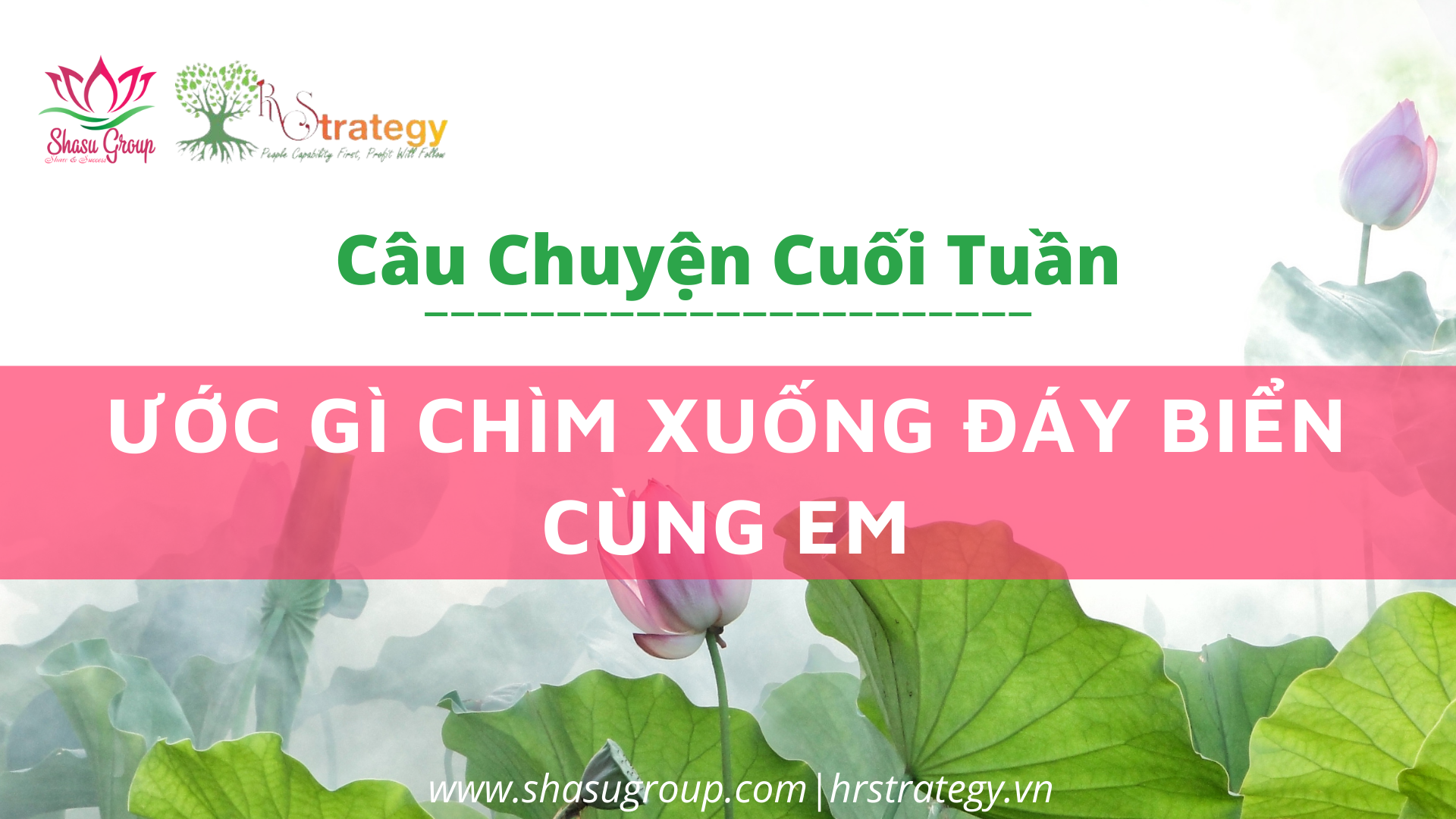The core of dhandho investor is Heads; I win; tails, I don’t lose much
The nine principles of dhandho framework
Xem thêm về các nhóm của chúng tôi tại đây
Focus on buying an existing business
When Patel bought his first motel, or when Lakshmi Mittal bought his first steel mill, they were buying into an existing business with clear success metrics that could be analysed across an extended time period.
Richard Branson identified a new opportunity but within a well-defined and existing business. Unlike the flavour of today’s times, start-up was not a hot word for these entrepreneurs. If you cannot own a business, then owning a part of the business via shares is the smart thing to do. Building ownership across a portfolio of carefully selected companies via the shares route is the right wealth building tool. Just make sure that you follow the Heads I win; tails I don’t lose much dhandho investment logic while deciding your portfolio.
Buy a simple business
If a dhandho investor is given a choice to invest in Google or in Patel’s motels, the dhandho logic will guide him towards the more straightforward choice, i.e. the motel business. Yes, compared to motels, Google is far more valuable currently with many exciting prospects ahead in this fastchanging world.
However, the future cash flow assumptions for Google are difficult to predict given the high uncertainty of how Google’s business will evolve in the future. Motels, on the other day, have a very high predictability of revenue, cash flow and profitability. There is a strong correlation between predictability of cash flow and the intrinsic value of the business. The simplicity of the motel business and its inherent, intrinsic value makes it an obvious choice for the dhandho investor.
Buy a distressed business in distressed sectors
Do you remember that when Patel decided to buy his first motel, he was a buying a distressed business? Bad news in the steel sector was good news for Lakshmi Mittal, and he decided to buy more distressed steel plants and companies. You can identify distressed business by reading the business headlines regularly or following reports like Value Line or Portfolio Reports or Value Investors Clubs, and many more.
Tham gia cộng đồng học tập suốt đời cùng chúng tôi tại Happy Leader Community
Buy a business with a durable moat
Patel’s motel has the moat of being the lowest cost player. Mittal’s steel possibly also has the lowest production moat. Low production costs make low prices possible, without eroding the profitability margins. Once this moat is in place, it becomes difficult for others to compete with your low prices and high profitability.
Richard Branson’s moat with Virgin Atlantic was the Virgin brand itself, in addition to low-cost operations. The Mexican food chain Chipotle operates in the competitive and fragmented Mexican fast food segment. But Chipotle has built a moat with its ability to customise your Mexican meal, using fresh ingredients, served in a pleasant ambience. Identifying the moat of a business requires a deep dive into its financial statements.
A high return on capital employed indicates a strong moat. But moats are not permanent. What used to be a strong moat for companies like General Motors, eventually withered away, making GM susceptible to competition.
Big & few bets; when the odds are in your favour
Keep in mind the dhandho adage of Heads, I win; tails, I don’t lose much, when you bet. When Branson placed his audacious bet on starting Virgin Atlantic, he was placing a comparatively small bet, where the downside would be about $2 million, if the first flight did not take off. Warren Buffett has mastered the art of betting few but betting big, especially when the odds are in your favour. In 1963, American Express announced a loss of $60 million, when it discovered that collateral of $60 million of salad oil was actually just sea water. Pounded by the stock market, American Express share price halved. At this stage, Warren Buffet invested 40% of his company’s assets in American Express. Warren Buffet believed that the intrinsic value of American express was much higher than its then share price, as the core asset of American express was the trust of consumers and charge cards business and not salad oil.
In time, we now have the Kelly Formula which helps calculate the amount that you can theoretically bet across a set of bet options available, and which is the one that you should place your biggest bet on. The Kelly Formula reinforces the dhandho principle of betting less often, but betting big, especially when your research tells you that the intrinsic value of the bet is higher than its current value.
Focus on arbitrage
Arbitrage is about benefiting from price difference on a commodity or instrument, basic geography, time or other parameters. Like a moat, the power of arbitrage declines over a period of time, as more and more people try to take the arbitrage advantage, thereby soon converting the arbitrage into a level playing field.
The low operating costs of Patel’s motel leading to lower rentals was his arbitrage advantage over his competitors, who could not match Patel’s rental rate without eating into their margins. In a traditional industry like steel, Lakshmi Mittal plays the classic low-cost arbitrage advantage by buying his steel plants across geographies.
Xem thêm về các nhóm của chúng tôi tại đây
Buy business at a discount to their intrinsic value
According to Benjamin Graham, the function of the margin of safety is, in essence, that of rendering unnecessary an accurate estimate of the future. Patel would have likely not read about Benjamin Graham’s margin of safety, but he practised the concept.
Patel bought his first motel, which was a distressed asset, at a price far lower than its actual worth. This minimised his downside and extended him a ‘margin of safety’. Contrary to popular logic, the dhandho investor believes that the lower the risk, the higher is the reward. Low risk generates high returns because when you buy an asset whose price is far lower than its intrinsic value, you are bearing a lower risk. At the same time, because you bought the asset at a discount to its intrinsic value, once the returns start coming in, they will be of much higher magnitude.
Buy low risk, high uncertainty business
In the interplay of risk and uncertainty, there are four possible outcomes:
• High risk, low uncertainty
• High risk, high uncertainty
• Low risk, low uncertainty
• Low risk, high uncertainty
It is evident that low risk and low uncertainty is the best of both worlds. The stock market also believes so and rewards companies which are in this quadrant with high trading multiples. The dhandho investor is not interested in this best of both worlds because the traded value is likely to exceed the intrinsic value.
The dhandho investor is interested in the third quadrant- low risk and high uncertainty. Stock markets do not like high uncertainty, so they pull down the stock of companies that are in this quadrant. This low share price does not reflect the high intrinsic value of these companies, thereby making it a lucrative low-risk buy for the dhandho investor.
Patel’s motel is an example of low risk (high predictability) and high uncertainty (possible economic recession?) scenario. Even in the scenario of an economic recession, Patel’s motel would continue to be the lowest cost operator thereby garnering a significant market share, even in uncertain times.
Xem thêm các thông tin cần mua từ nhà đầu tư của Shasu Invest tại đây
Be a copycat
Ray Kroc did not come up with the idea of McDonald’s. He saw what the McDonald brothers had built, and decided to scale it up. Similarly, Microsoft was not the first one to roll out an internet browser. Netscape did it first, and Microsoft followed with Internet Explorer and completely dominated the internet browser space. Lifting and scaling, or cloning, makes good business sense. The risk is lower in case of cloning, while innovation carries a very high level of risk. The dhandho way is to lift and scale. This is how Patels took the lion’s share of motels business in the US, within 30 years of setting foot on American soil.
Xem thêm các thông tin cần bán từ nhà đầu tư của Shasu Invest tại đây
The art of selling stock
The dhandho principles help the investor pick companies or shares in companies sticking to the adage of Heads, I win; tails, I don’t lose much. But what about exiting at a profit? Like Abhimanyu in Mahabharata, entering the chakravyuh is easy, it is the inability to exit the chakravyuh that killed Abhimanyu. An important mantra to keep in mind is that you should not sell at a loss within 2-3 years of buying a stock. This 3 year time period provides enough time for the stock to determine its intrinsic value. Any shorter and you would risk selling at a loss. Any longer and your cost of waiting to discover the intrinsic value will become prohibitively high. You must sell once the market price exceeds the intrinsic value, unless there is a tax imposed on the short term sell. In which case you should hold for the long term benefits to kick in.
This book summary captures key concepts from the original book. The original books carries detailed case studies and analyses and is a highly
recommended read.
Follow us:
- Facebook: https://www.facebook.com/HappyLeaderCommunity
- Website: https://happyleadercommunity.shasugroup.com
Our Services
- Business Consultant: https://consultant.shasugroup.com/
- Executive, Business, Performance, Leadership Coaching & Mentoring: https://www.shasugroup.com/coaching-mentoring-consulting
- Training Solution: https://training.shasugroup.com/
- Fundraising & M&A Consultant: http://invest.shasugroup.com/
- International Sales Connection Service: http://export.shasugroup.com/
- Headhunter(Recruitment Service): https://hrstrategyvn.shasugroup.com/










